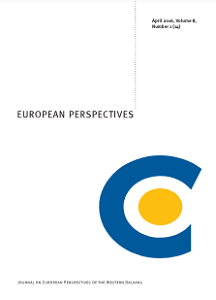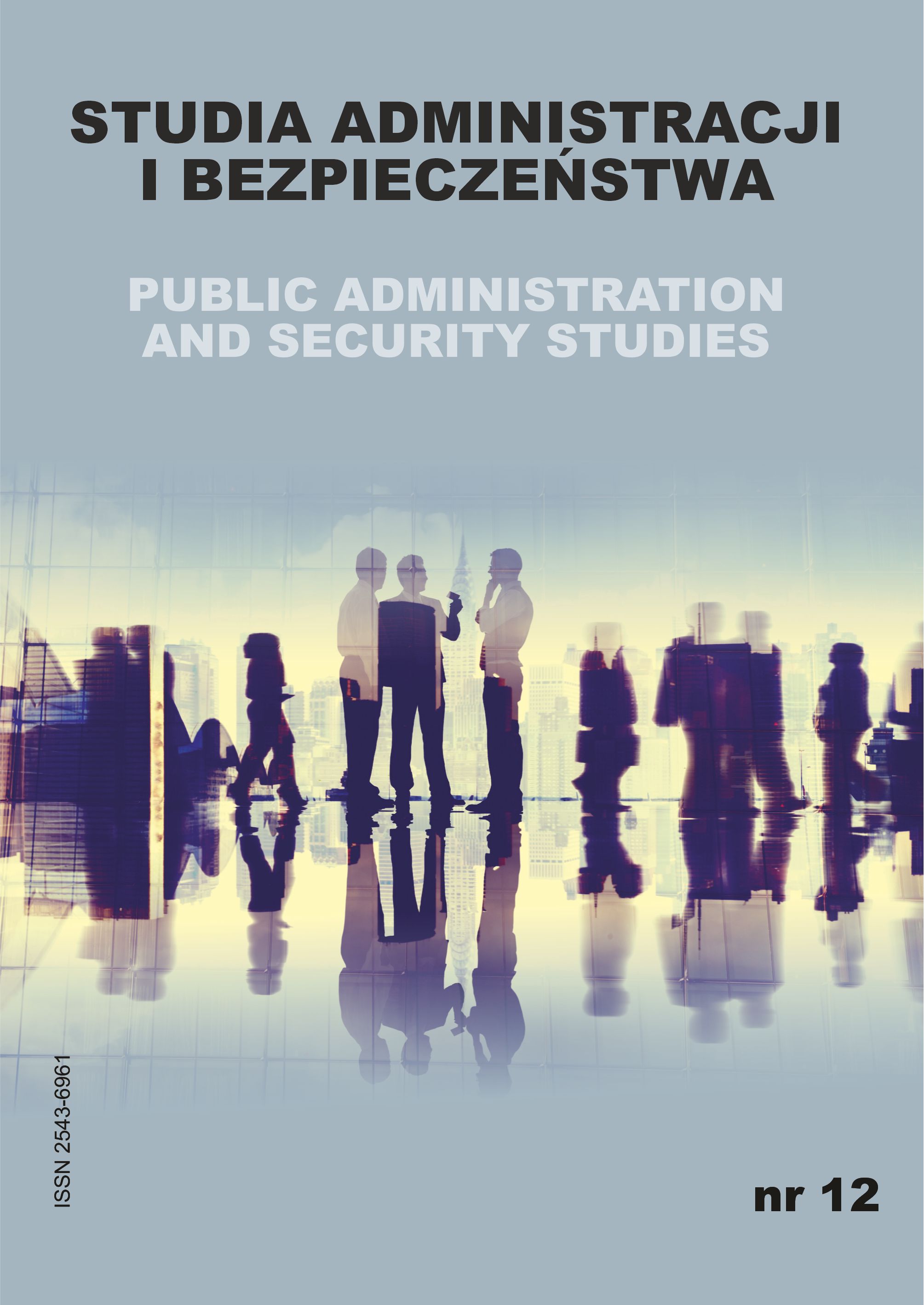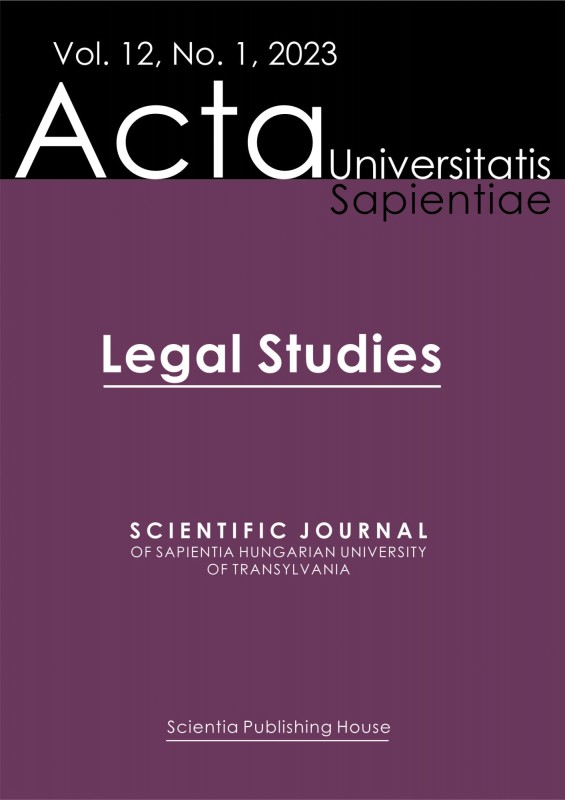Author(s): Viorel Ros,Andreea Livădariu / Language(s): English
Issue: 2/2023
There are several hundred parafiscal charges in Romania, which collectively constitute the
parafiscal system. These taxes are not officially designated as such, and they exist in the gray or black
areas of the country's financial economy. This form of taxation is not a part of the official tax system
and lacks consistent and clear guidelines that would apply to all of its components. It is essentially a
hidden tax, masquerading under a new name in the legal jargon, which adds to its enigmatic nature.
The realm of parafiscal charges is highly unpredictable, volatile, and precarious. With their sheer
number and potential hazards, it wouldn't be far-fetched to liken it to quicksand using a metaphorical
lens. The parafiscal charges, despite sharing some similarities with compulsory tax levies, exhibit
several differences owing to the various names they go by. Parafiscal charges are akin to taxes and
other fiscal duties in that they are imposed by an authoritative body and carry legal obligations.
However, they are closer in nature to taxes than they are to fiscal duties in that, often, their payment
does not entail direct and immediate consideration. In conceptual terms, parafiscal charges differ from
fiscal levies mainly because their objective is not primarily to generate public revenues to cover
expenses made for the general welfare - which is the main purpose of taxes and fiscal duties. Rather,
parafiscal charges are intended to secure financing and income for specific entities and activities, such
as OSIM and the health system or various social and cultural initiatives. They also indirectly provide
state aid to private entities or individuals by compelling consumers of products and/or services to make
payments for this purpose directly to the beneficiaries, with such payments being concealed in the price
of the product/service (e.g. cultural stamp). Parafiscal charges are also distinct from compulsory fiscal
levies in that they are not subject to administration and utilization in accordance with fiscal and
budgetary laws. To be more precise, parafiscal charges ought not to be managed according to fiscal
and budgetary regulations. If they were, they would then be considered taxes or fiscal duties. Moreover,
some of these charges are either treated as fiscal claims or are a (incoherent) combination of tax and
non-tax aspects. Parafiscal charges have received severe criticism from both the business community
and experts. These charges have been described as moldy, abracadabrant, taxation-outclassing, out of
control, discretionary, ineffective, and aberrant, among other epithets. However, certain quasi-fiscal
charges that have been subject to constitutional scrutiny, such as the clawback tax, cultural stamp, and
judicial stamp duties, have been declared constitutional. However, among the numerous parafiscal
charges that have not yet undergone constitutional scrutiny, some are unconstitutional or, as the case
may be, unlawful (not all of them are established by law, such as the parking fee). It is not, however,
possible to make a blanket statement regarding the constitutionality or unconstitutionality of parafiscal
charges as a whole. The Romanian authorities have made several attempts to decrease the number of
parafiscal charges, some of them successful, although in relation to less important ones that had no
major impact on revenues. However, the Romanian legislator does not consider the French model of
completely abolishing such charges. The desire to maintain and increase the number of parafiscal
charges can be attributed to two factors: firstly, the government’s increasing need for revenue and,
secondly, the apprehension of the public's response to an increase in the number and amount of taxes and fiscal duties. There are other explanations for keeping parafiscal charges alive and for instituting
new such charges. As such, a number of these charges are concealed within the prices of products
and/or services, either to go unnoticed or to shift dissatisfaction onto the supplier of the product or
service provider, who collects the price along with the parafiscal charge. This model is similar to that
of indirect taxes like VAT and excise duties. Finally, a crucial reason for the persistence of parafiscal
charges is that they are not subjected to the strict fiscal and budgetary rules of administration and
control. Typically, parafiscal revenues are collected and used by the beneficiaries themselves, outside
of the regular budgetary system. This lack of accountability for both the collection and use of these
funds absolves both the beneficiaries and the state of the need to justify their methods. As a result, it is
impossible to determine the exact proportion of parafiscal revenues in the overall revenue generated
by the state and local communities, as well as in the country's gross domestic product. Additionally, it
is unclear how much money is spent for such charges by those who are obliged to pay them.
Parafiscal charges have a wide variety and are identified by different names: contributions,
solidarity contributions, tariffs, taxes, payments, royalties, and more. They can cover various fees, from
parking fees and cultural stamps to cadastral fees, fees for services provided by public entities, fees for
gambling activities, museum visiting taxes, offset, and clawback taxes. The variety and complexity of
parafiscal charges, coupled with their inconsistent regulatory framework and diverse beneficiary types,
make it difficult to establish a universally accepted definition of such charges. In this context, it is
sufficient to state that all payment obligations that are established by an authoritative body and are not
of a strictly fiscal nature fall under the category of parafiscal charges.
More...




